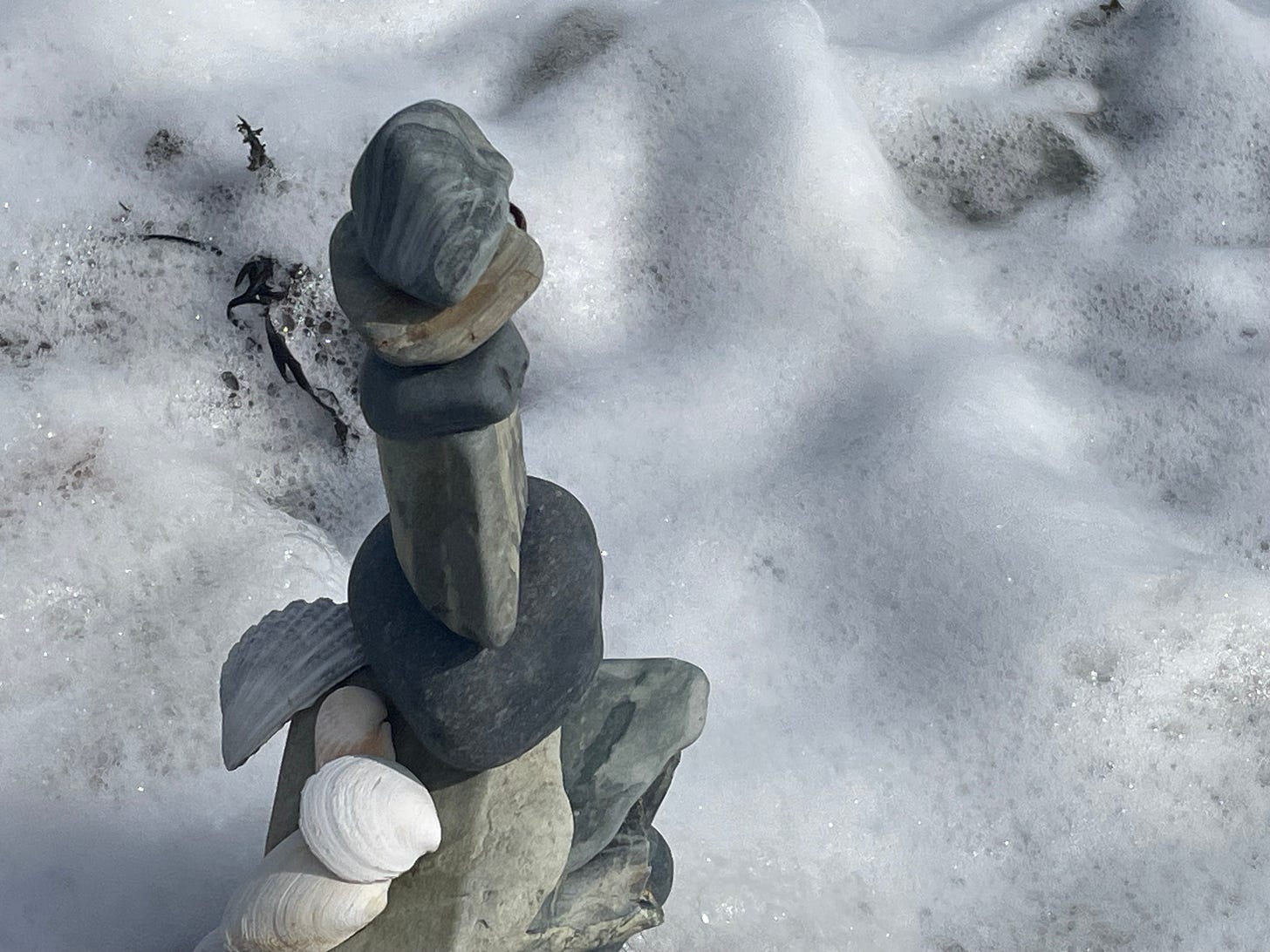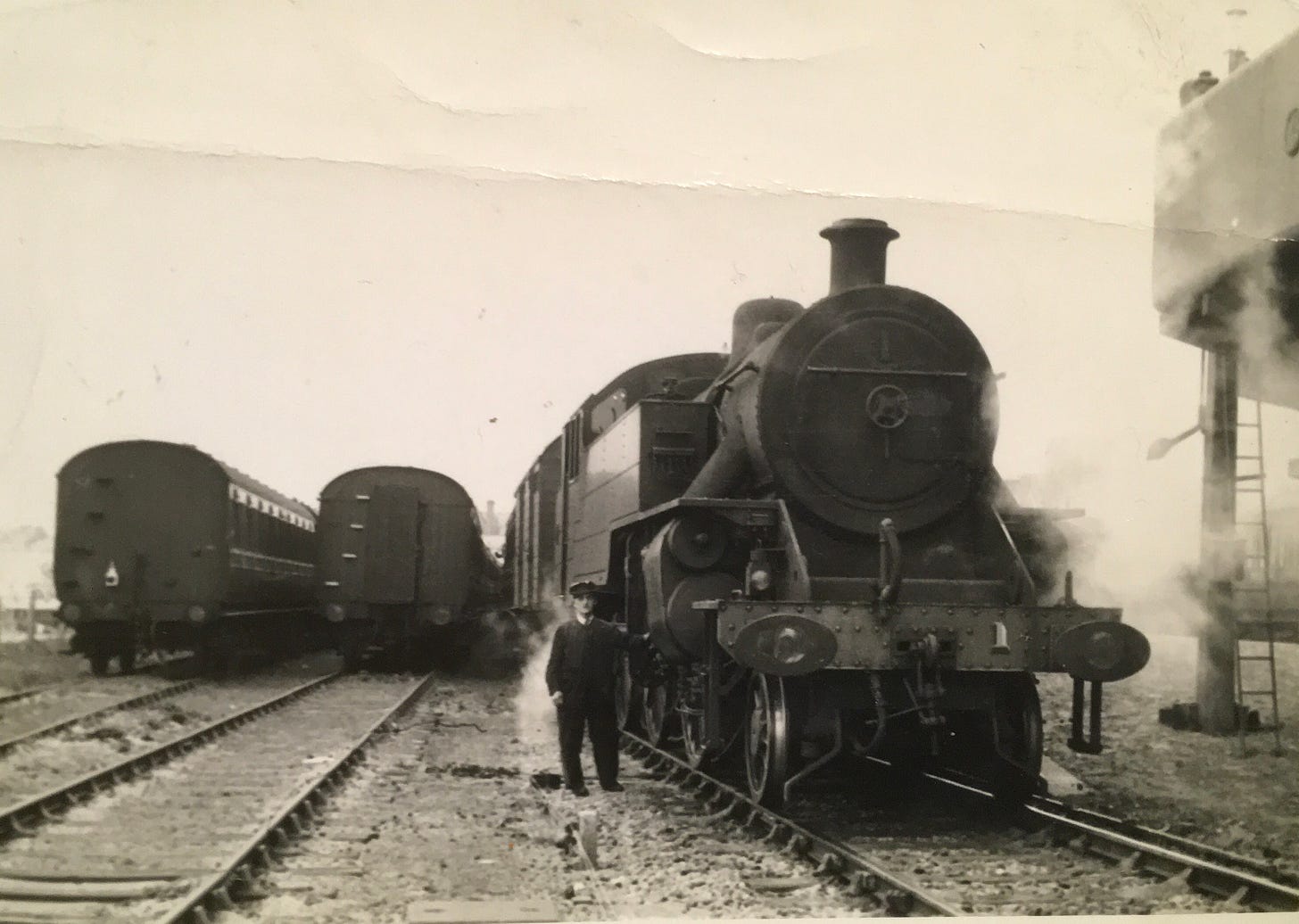There are times when I feel that I have to clear out some of my books. It’s not that I no longer appreciate those that I have decided to re-home, it’s more about making more space to let in the new.
My latest dispersal included several books not on display but stored away in cupboards. It has been years since I opened them and I decided that they needed a more conscientious custodian. Use them or diffuse them! is my new guiding mantra.
Mind you, flicking through some that I had earmarked for donation, I found myself rereading. Interest renewed I decided to keep them. They live to light another day.
I wondered how much I had invested in the books and did a quick online search to check availability and current values. Even some of my pristine hard covers were only just a few £ pounds and there were loads for sale. So having decided to send the books on their way to new owners, it would be relatively simple and cheap to buy them again if I found I was missing them.
Selections made and packed into carrier bags it was off to the charity bookshop.
I had recently been to a newly opened store and spent some time discussing books and authors with the very knowledgeable vendor there. He welcomed the donation and thought many of the books would appeal to his customers. He also asked if I would complete a donation form describing the various books I was leaving. Of course: Miscellaneous titles, business and marketing, popular psychology, philosophy, leadership and some novels. That categorisation of the books was instructive, as many had been bought during my working life and now seemed less relevant in these retirement years. I was delighted that a future good home was assured and said that I would return in a couple of weeks with more books. Back home I resumed the task of clearing.
It’s a pleasure to handle books and I lost myself in the flow of thinning out their spaces. I packed up some heavyweight volumes in terms of both their poundage and content. I was sure that my new bookseller chum would be just as impressed as last time. But why had I packed so many? Clearly this new-found, guilt-free enthusiasm for parting with books had got the better of me. In my rush, I picked the wrong type of carrier bags; you know the ones with handles that dig deep?
I stopped a few times carrying the books to the charity shop only to arrive and find it closed. The times of business sign on the door confirmed that it should have been open but no - Books bite back!
What to do? Bring them home? Obviously not as that would mean stop/starting again, swapping loads and massaging fingers. Decision tome!
I knew there was a second-hand bookstore nearby where I could drop them off and although I have bought many a bargain there I was still wedded to that notion of goodwill gifting of the books. I thought of another charity shop that specialised in book sales. I had often gone there too and my donation would have the added benefit of supporting their good cause. It wasn’t far away either.
The staff member at this next bookshop was pleased to receive the carrier bags asking, as the first recipient did, whether I wanted them back. No thanks.
Have I missed the books? No, not yet.
I have though been tempted to call back into each of the shops to see if any are on their shelves and to check for how much they are selling them. My bookshelves aren’t empty however. Those freed-up spaces didn’t stay clear for long and new book tenants jostle for attention. They sit next to old inhabitants, familiar titles. Although many of these are in various states of wear and tear I couldn’t bear to part with them. Books are a bit like friends - the older, the nicer. Looking around I see instantly that some of them were pre-loved and picked up in charity bookshops. Other readers must have had their own clear-outs.
Thanks to those previous owners whose charity ends at home.
















